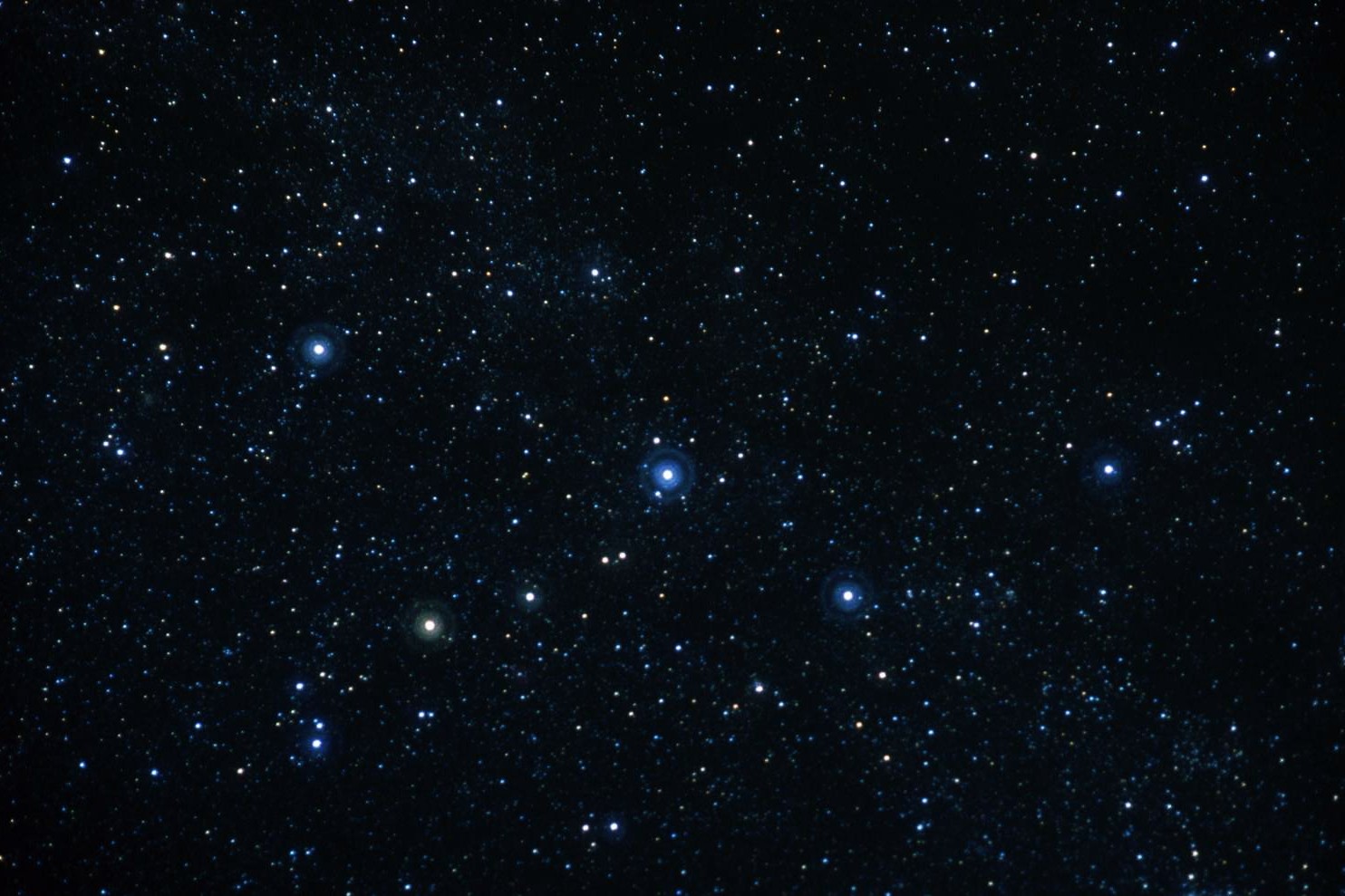
Cassiopeia is one of the most recognizable constellations in the night sky. Named after a queen in Greek mythology, this constellation forms a distinctive 'W' shape. But what makes Cassiopeia truly fascinating? Cassiopeia is not just a pretty pattern of stars; it holds a treasure trove of astronomical wonders. From its bright stars like Schedar and Caph to its deep-sky objects such as the Heart and Soul Nebulae, Cassiopeia offers a glimpse into the universe's mysteries. Whether you're an amateur stargazer or a seasoned astronomer, learning about Cassiopeia can deepen your appreciation for the cosmos. Ready to uncover some intriguing facts about this celestial queen? Let's dive in!
Cassiopeia: The Queen of the Night Sky
Cassiopeia is one of the most recognizable constellations in the night sky. Named after a queen in Greek mythology, this constellation has fascinated astronomers and stargazers for centuries. Here are some intriguing facts about Cassiopeia.
-
Cassiopeia is easily identified by its distinctive 'W' shape, formed by five bright stars.
-
The constellation is named after Queen Cassiopeia, a character from Greek mythology known for her vanity.
-
Cassiopeia is located in the northern sky and is visible all year round in the Northern Hemisphere.
-
The constellation is part of the Perseus family of constellations, which includes Andromeda, Perseus, and Pegasus.
Stars of Cassiopeia
The stars that make up Cassiopeia are not just points of light; each has its own story and characteristics.
-
The brightest star in Cassiopeia is Schedar, also known as Alpha Cassiopeiae. It is an orange giant star.
-
Caph, or Beta Cassiopeiae, is a yellow-white giant and the second brightest star in the constellation.
-
Gamma Cassiopeiae, also called Navi, is a variable star whose brightness changes over time.
-
Ruchbah, or Delta Cassiopeiae, is an eclipsing binary star, meaning its brightness varies as two stars orbit each other.
Mythological Connections
Cassiopeia's mythological background adds a layer of intrigue to this constellation.
-
In Greek mythology, Cassiopeia was the wife of King Cepheus and the mother of Andromeda.
-
Cassiopeia's vanity led her to boast that she and her daughter were more beautiful than the Nereids, sea nymphs.
-
As punishment for her arrogance, Poseidon placed Cassiopeia in the sky, where she is sometimes depicted as being upside down.
-
The constellation is often associated with the story of Perseus and Andromeda, adding to its mythological significance.
Astronomical Significance
Cassiopeia is not just a pretty pattern in the sky; it has significant astronomical importance.
-
The constellation contains several notable deep-sky objects, including the open cluster M52.
-
The famous supernova remnant Cassiopeia A is located within the boundaries of this constellation.
-
Cassiopeia A is one of the strongest radio sources in the sky, providing valuable data for astronomers.
-
The constellation is also home to the Heart and Soul Nebulae, two large emission nebulae.
Cassiopeia in Modern Astronomy
Modern technology has allowed us to learn even more about Cassiopeia and its components.
-
The Hubble Space Telescope has captured stunning images of the Heart and Soul Nebulae.
-
Cassiopeia A has been studied extensively using X-ray telescopes, revealing details about the supernova explosion.
-
The constellation is often used as a reference point for finding other objects in the night sky.
-
Cassiopeia's stars are part of the Milky Way galaxy, providing a glimpse into our own cosmic neighborhood.
Fun Facts
Here are some fun and lesser-known facts about Cassiopeia that you might find interesting.
-
Cassiopeia is one of the 48 constellations listed by the 2nd-century astronomer Ptolemy.
-
The constellation has been used in navigation for centuries, especially by sailors in the Northern Hemisphere.
-
In some cultures, Cassiopeia is known as the "Celestial M" or "Celestial W" due to its shape.
-
The constellation has been featured in various works of literature, art, and even in modern media like video games.
-
Cassiopeia's stars are relatively close to Earth, with distances ranging from 54 to 550 light-years away.
Cassiopeia: A Stellar Marvel
Cassiopeia, with its iconic W shape, has fascinated stargazers for centuries. This constellation, named after a mythical queen, is not just a pretty pattern in the sky. It's home to some of the most interesting celestial objects, like the supernova remnant Cassiopeia A and the open cluster M52. Its position near the North Star makes it a reliable guide for navigation. Plus, its visibility throughout the year in the Northern Hemisphere means you can enjoy its splendor anytime. Whether you're an amateur astronomer or just love looking up at the night sky, Cassiopeia offers a treasure trove of wonders. So next time you find yourself under a clear night sky, take a moment to locate this stellar marvel. You might just find yourself captivated by its beauty and history.
Was this page helpful?
Our commitment to delivering trustworthy and engaging content is at the heart of what we do. Each fact on our site is contributed by real users like you, bringing a wealth of diverse insights and information. To ensure the highest standards of accuracy and reliability, our dedicated editors meticulously review each submission. This process guarantees that the facts we share are not only fascinating but also credible. Trust in our commitment to quality and authenticity as you explore and learn with us.
